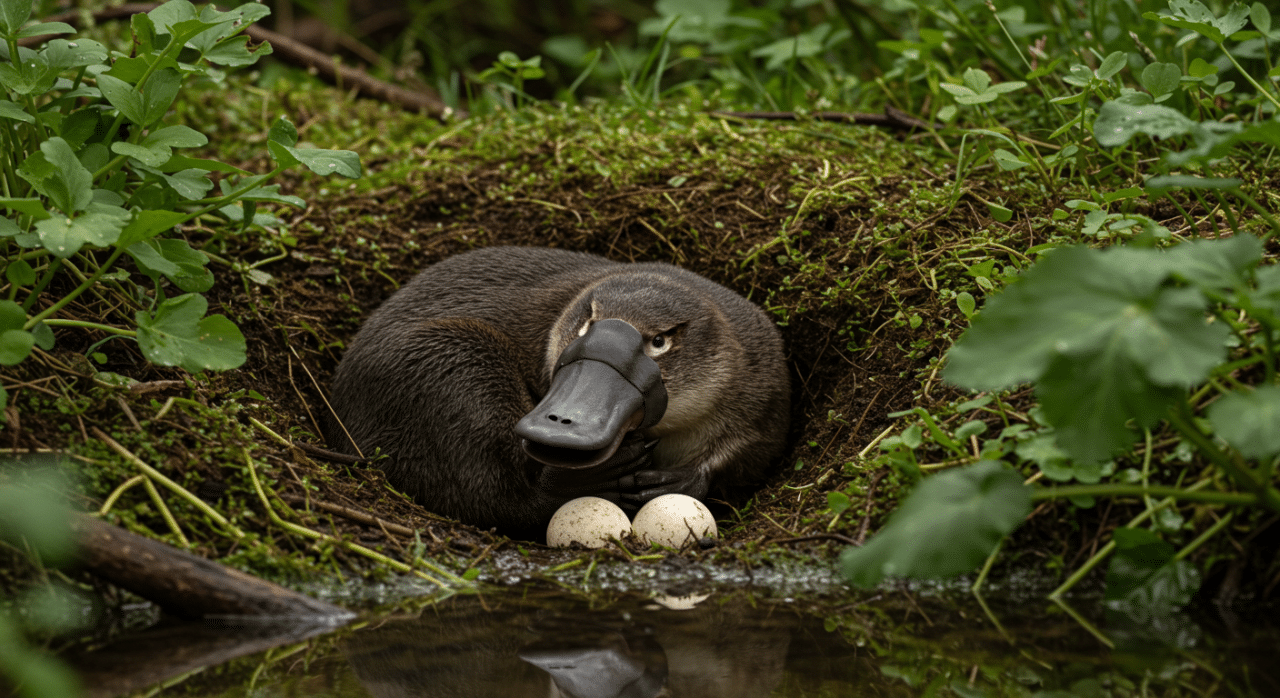Extraordinary Biological Anomalies: Nature’s Marvels
Estimated reading time: 7 minutes
Key Takeaways
- Biological anomalies challenge our understanding of life and evolution.
- Each anomaly provides unique insights into adaptability and survival.
- Studying these anomalies can inspire innovations in science and technology.
- Conservation of these species is crucial for maintaining biodiversity.
- Nature’s complexity continues to intrigue and educate.
Table of contents
Introduction
Nature is full of extraordinary biological anomalies that spark curiosity and challenge our understanding of life. These remarkable creatures often possess unique adaptations that allow them to survive and thrive in their respective environments. From the peculiar platypus to the enigmatic immortal jellyfish, each species offers an opportunity to explore the complexities of biological evolution and survival mechanisms.
The Platypus
The platypus is a fascinating example of a mammal that lays eggs, which is a rarity among mammals. Native to Australia, this unique creature possesses a blend of characteristics from different animal groups, including duck-like features, beaver-like tails, and otter-like feet.
Physical Characteristics
With its flat, duck-bill, and webbed feet, the platypus is perfectly adapted for aquatic life. Its unique features serve purposes including:
- Efficient swimming in freshwater lakes and rivers.
- Ability to hunt for insects and larvae underwater using electroreception.
- Provision of maternal care through egg-laying.
Reproductive Traits
The platypus’s reproductive strategy is equally fascinating. Females produce eggs, which they incubate in burrows, and once hatched, they nurse their young with milk. This juxtaposition of mammalian and reptilian traits makes the platypus a subject of keen interest in evolutionary biology.
The Immortal Jellyfish
Known scientifically as Turritopsis dohrnii, the immortal jellyfish is the only known species capable of reverting back to its juvenile form after reaching maturity. This fascinating process is known as transdifferentiation and essentially allows the jellyfish to escape death.
Life Cycle and Behaviors
The life cycle of the immortal jellyfish is complex and includes several stages:
- **Eggs** hatch into planulae.
- Planulae settle on the ocean floor and develop into polyps.
- Polyps undergo asexual reproduction and release ephyra.
- Juveniles mature into adult jellyfish.
- Upon experiencing stress or aging, the adult can revert to the polyp stage.
Scientific Interest
This remarkable ability to revert to an earlier life stage has captured the interest of scientists who are studying its potential implications for aging and regenerative medicine.
The Mantis Shrimp
Mantis shrimp are infamous for their astonishing eyesight and powerful claws, which can deliver blows equivalent to that of a bullet. This unique crustacean is known for its vivid colors and extraordinary behavior.
Vision
The mantis shrimp’s vision is unmatched in the animal kingdom. It possesses up to 16 types of photoreceptors compared to humans, who only have three. This enables them to see a broad spectrum of colors, including ultraviolet rays.
Claw Mechanism
Its powerful limbs can strike at speeds of 50 miles per hour, generating shockwaves that can crush shells. This mechanism not only aids in hunting but also serves as a defensive tactic. With such strength and precision, the mantis shrimp stands as a testament to nature’s engineering prowess.
Tardigrades
Tardigrades, or water bears, are renowned for their remarkable resilience. They can survive extreme conditions that would be lethal to most life forms, including deep-sea pressures, radiation, and even the vacuum of space.
Survival Mechanisms
Tardigrades can enter a cryptobiotic state, where they dehydrate and enter a metabolic slump, allowing them to endure these harsh conditions. When conditions improve, they can rehydrate and become active again.
Research Implications
Studying tardigrades’ unique survival abilities has potential applications in fields such as medicine and space exploration, providing insights into cellular repair and resilience to environmental extremes.
Axolotl
The axolotl, a type of salamander, is notable for its remarkable regenerative abilities. Unlike other vertebrates, axolotls can regenerate entire limbs, their spinal cord, and even parts of their heart and brain without scarring.
Regeneration Process
This incredible regeneration process happens due to their ability to dedifferentiate cells and transform them into a type of stem cell that can then develop into the necessary tissues.
Implications for Medicine
Research into axolotl regeneration holds promise for advancements in regenerative medicine, offering hope for healing injuries in humans.
Conclusion
The exploration of extraordinary biological anomalies highlights the wonders of evolution and adaptation. Each of these unique species underscores the importance of biological diversity and the need for conservation efforts to protect their habitats.
By studying these creatures, we not only gain insights into the resilience of life but also foster innovation in various scientific fields, from medicine to technology. The continued investigation of these anomalies may lead us to breakthroughs that enhance our understanding of biology and improve our quality of life.
Frequently Asked Questions
1. What makes the platypus unique among mammals?
The platypus is unique because it is one of the few mammals that lay eggs, combined with its distinct physical features, such as a duck-like bill and webbed feet.
2. How does the immortal jellyfish achieve its regenerative abilities?
The immortal jellyfish can revert to its juvenile polyp stage through a process called transdifferentiation, which allows it to escape death.
3. What adaptations enable tardigrades to survive extreme environments?
Tardigrades can survive extreme conditions by entering a cryptobiotic state, allowing them to endure dehydration, radiation, and even the vacuum of space.
4. Why is the axolotl considered important for regenerative medicine?
Axolotls can regenerate limbs and organs without scarring, which provides insights into cellular regeneration that could be applied to human medicine.
5. How can studying these biological anomalies benefit humanity?
Research on these unique species can inspire innovations in various fields, provide insights into resilience and adaptability, and contribute to conservation efforts that protect biodiversity.

